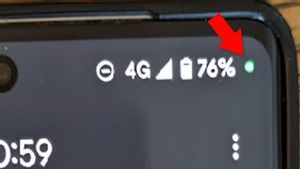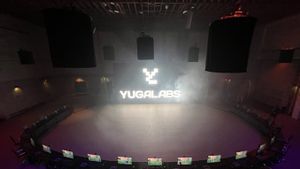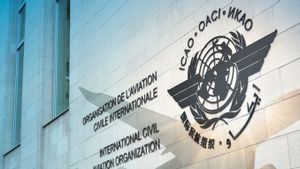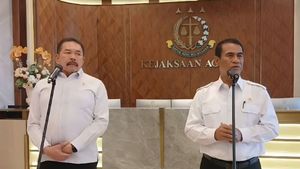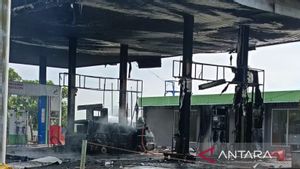YOGYAKARTA One way that the Indonesian government does in reducing and overcoming air pollution that occurs in the urban area of Jabodetabek is by modifying the weather. Then, what exactly is the weather modification process?
Quoted from the Indonesia Good website, Weather Modification Technology (TMC) is a technology used to prevent or make rain. The function of TMC is generally used to control weather and disasters such as overcoming drought, filling reservoirs, preventing flooding, and so on.
Quoted from the official website of BPPT, in Indonesia, the use of TMC is used in several national-scale methods, for example at Sea Games in 2011 which was held in South Sumatra Province, besides that it was also carried out during the 2018 Asian Games Activities in Jakarta and Palembang, reduced rainfall in the Samarinda-Balikpapan Toll Road Development project area in 2018, and many more.
The weather modification process itself cannot be done directly. A number of observations must be made taking into account many things. Broadly speaking, the weather modification process must consider the following.
One of the most important things in the weather modification process is the presence of rain clouds or clouds that have the potential to rain. This means that not all clouds can rain. In the modification process, the clouds used are the type of cumulus. The search for the presence of clouds is carried out by utilizing RADAR.
If the clouds have been found, then the salt threads can begin to be treated to potential clouds. Salt sprinkling itself is done using airplanes. The amount of salt sprinkled above cloud seedlings depends on the need, it usually reaches hundreds of kilograms and even reaches tons. The sprinkled salt is also in the form of a super fine powder or a very fine powder.
Smooth salt will usually be placed in a funnel-shaped barrel connected to the back of the plane. Each barrel has a capacity of up to hundreds of kilograms of salt. Pilots will fly to humid areas in the atmosphere area. The altitude of the aircraft typically reaches 10.000 to 11,000 feet.
The planes used are usually small planes such as Cessna or firecraft King Air. Pilots will fly to cumulonimbus clouds or cumulus clouds that are of a smooth shape. The clouds will later develop into thunderstorms.
VOIR éGALEMENT:
When the plane is in the clouds, the pilot will activate and fire a flare that was previously installed on the part of the plane. The firing of flares releases smoke and salt senawa into the air that draws water vapor in the clouds to become water droplets.
The drop will get bigger and after heavy it will fall into rain. The seeding using salt itself takes three to four hours. The urine fired could reach tens of pieces. If the salt and smoke injected into the air increase, then the greater the chance of rain is created.
Rain will also not occur immediately after the seeding of salt, usually it takes some time first, depending on the weather and clouds. If the clouds emitted are concentrated, the rain will fall faster.
That's information related to the weather modification process. Visit VOI.ID to get other interesting information.
The English, Chinese, Japanese, Arabic, and French versions are automatically generated by the AI. So there may still be inaccuracies in translating, please always see Indonesian as our main language. (system supported by DigitalSiber.id)



